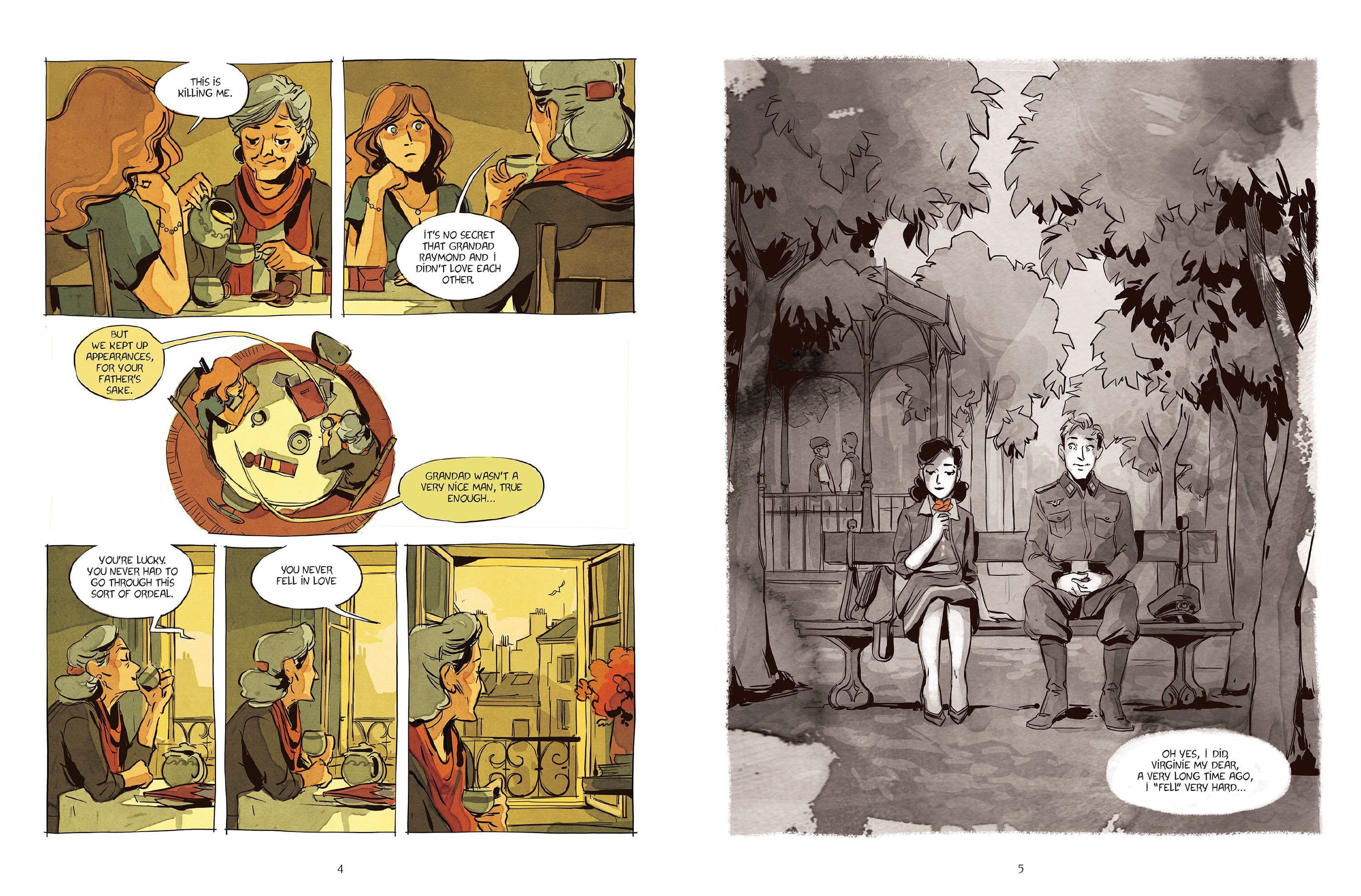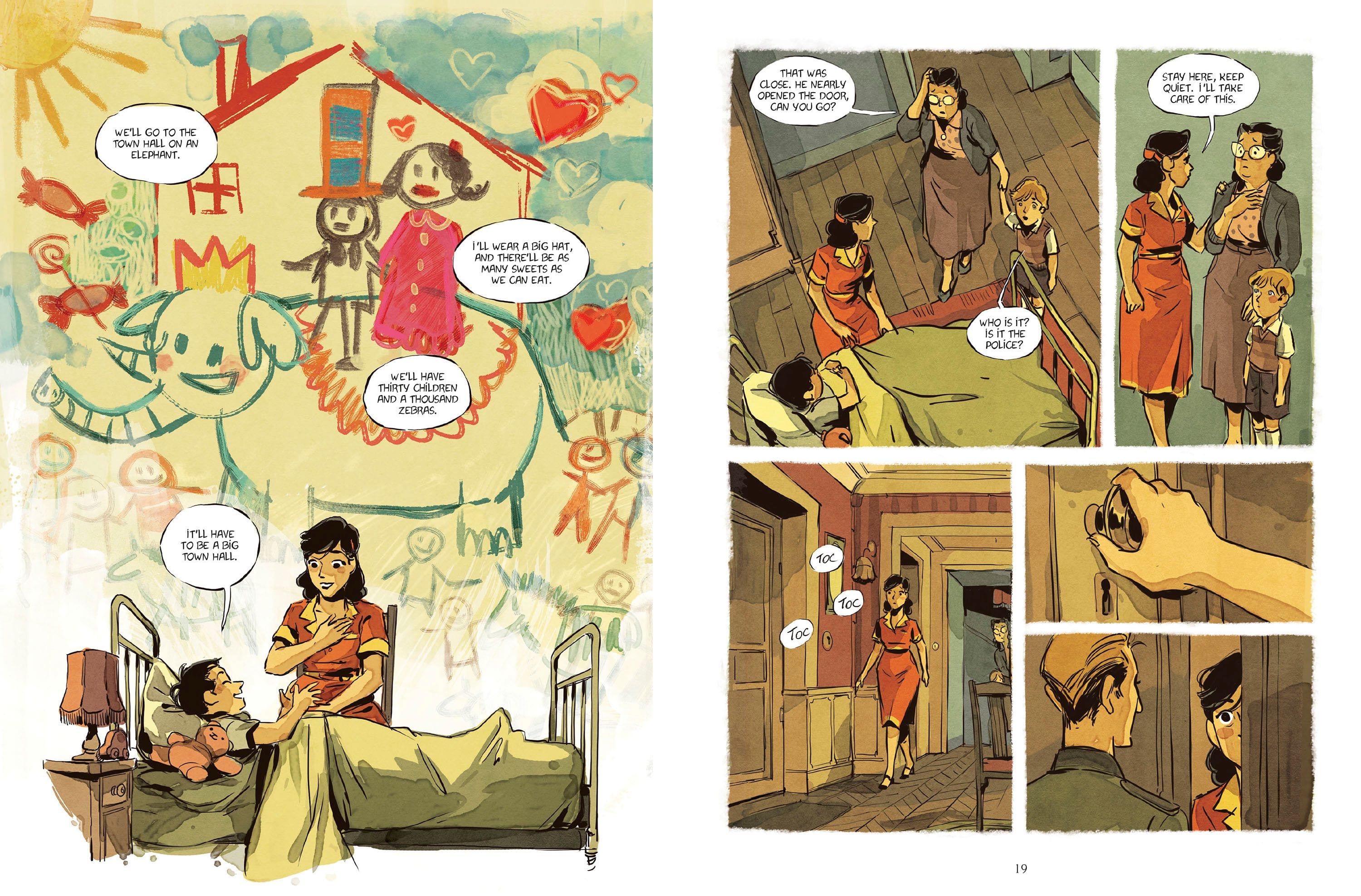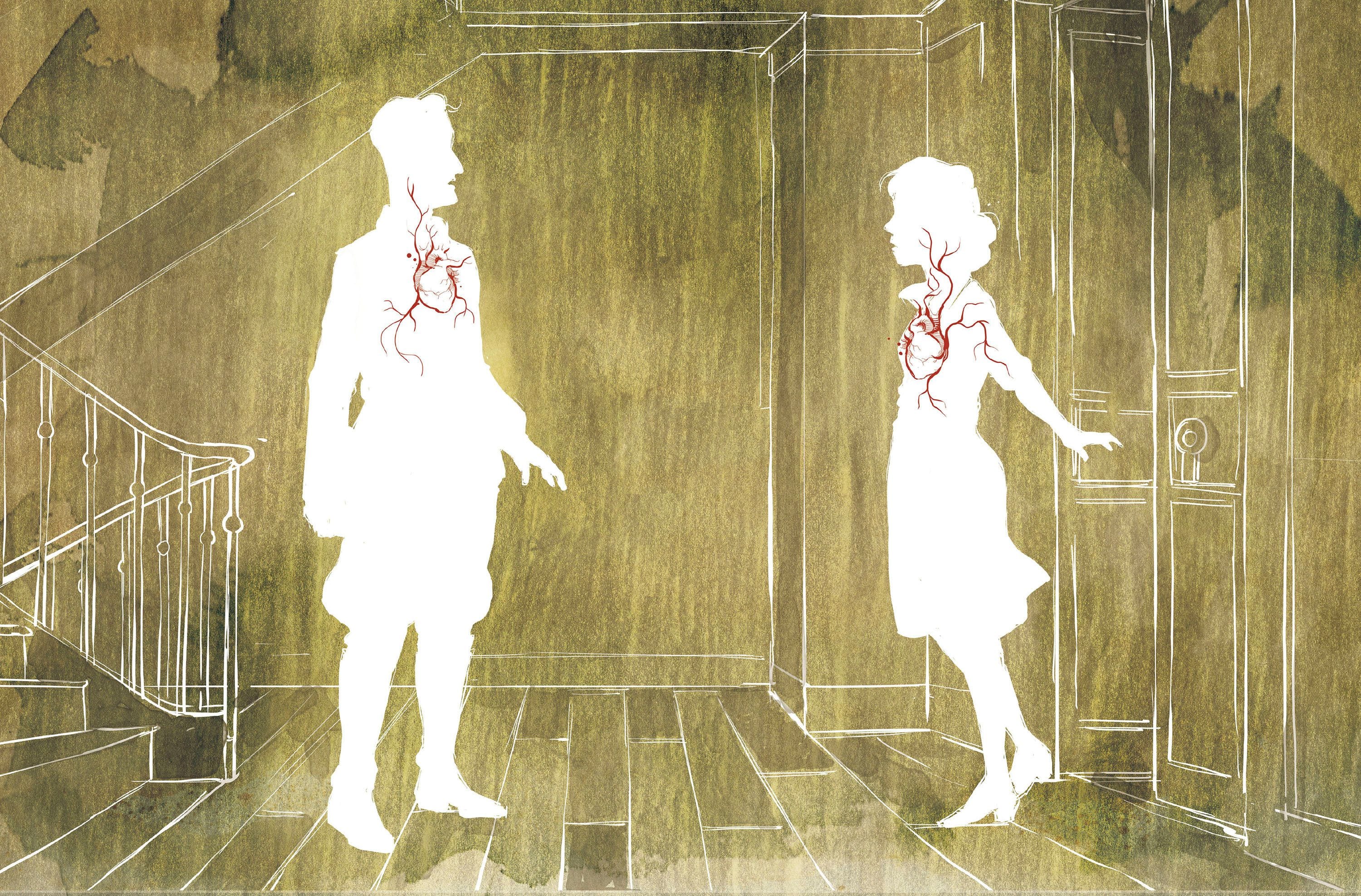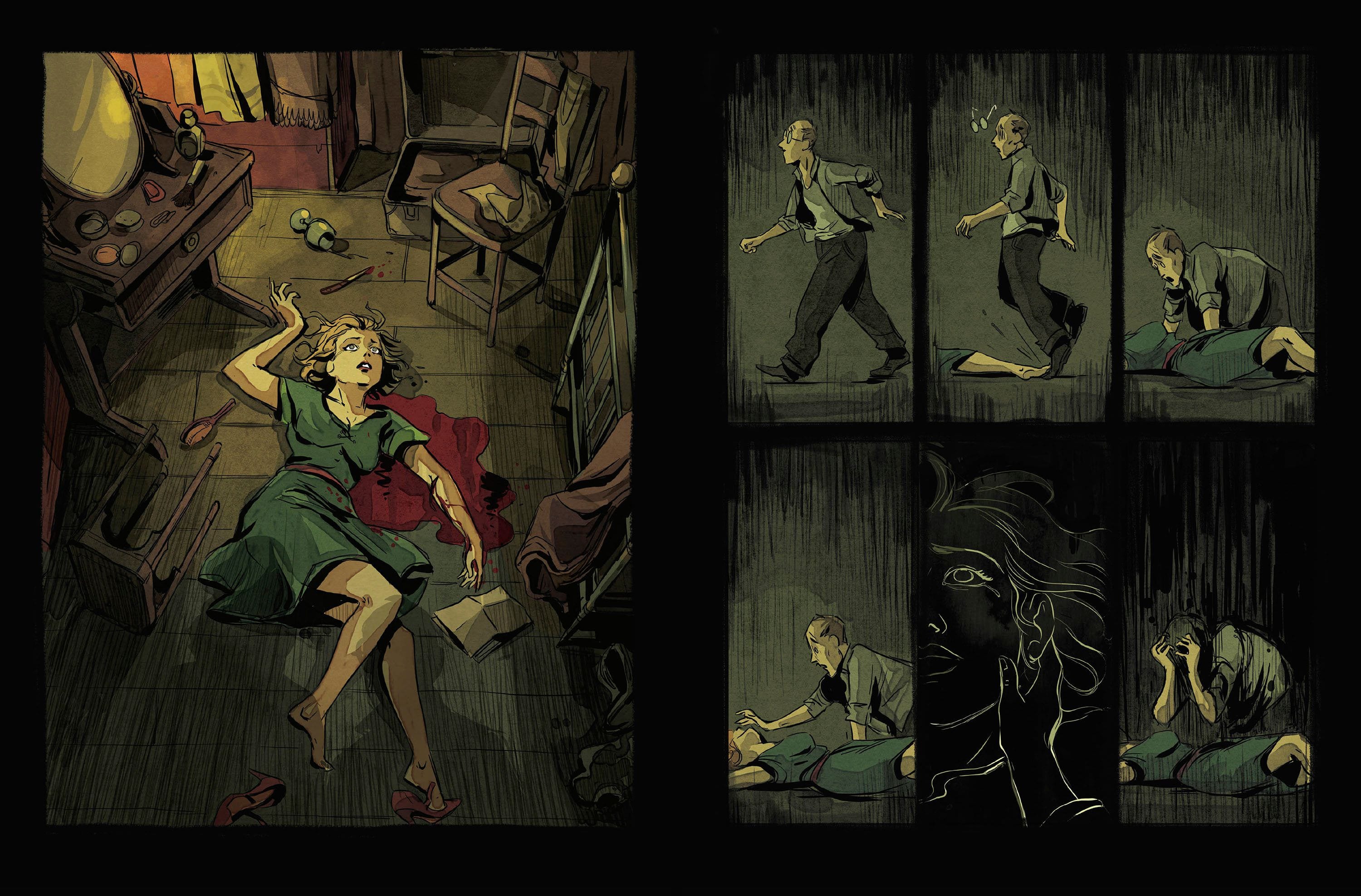
As a society, one of the hallmarks of an evolving sense of morality is reassessing – however painful or controversial – the things we hold most sacred. This is not a bad thing, as narrow-brained critics make it out to be when they decry changing ethical standards as political correctness (or other such nonsense). On the contrary, a society that doesn’t reevaluate its own past from time to time would be a stagnant and torpid society indeed.
Yet for many this necessary task is a difficult one, especially when it comes to reassessing events which have long been idolized as emblematic of virtue. Witness the struggle around toppling monuments to white slave-traders and colonial explorers in the United States and Canada (or anywhere else in the world): the long-held virtues of a society steeped in white supremacy begin to unravel when the society tries to grow into a less narrow, more pluralistic and inclusive one. Its past virtues – slaughtering Indigenous tribes to make room for white settlers; building a prosperous economy through the enslavement of Africans – must be redefined if it is to grow and evolve at an ethical, intellectual and humanistic level.
Historical reassessments get harder the closer they come to the present moment, insofar as they challenge or shatter the paradigms in which many of us were raised. The Second World War, having ended just 70 years ago, is still reasonably near – uncomfortably so when one considers the spurt of resurgent fascism in many corners of the world. Yet even that war’s virtuous ‘victors’ have come under scrutiny.
The sexual violence of many Allied soldiers has finally been examined and talked about in recent years; even iconic moments of heretofore triumphant liberation are now understood to be fraught with misogynistic violence. In just one example of this, there is the
now-recognized irony that an image long held as emblematic of liberation – the triumphant “Kissing Sailor” shot captured by Alfred Eisenstaedt, depicting an Allied soldier kissing a woman on the street in buoyant jubilation – is in fact symbolic of the sustained repression of women in a deeply sexist society.
Light bulb by ColiNOOB (Pixabay License / Pixabay)
The question – whose liberation? whose triumph? which values? – is one that must be repeatedly and even ruthlessly queried, even at the risk of upending our most sacred cows.
Reassessing the Second World War is an important step forward for us as a society – moving from the euphoria of winning a brutally hard-fought war against the unequivocal evil of fascism, to collectively reminding ourselves that there is also no such thing as a thoroughly virtuous war. All violent struggles by their very nature are characterized by moral ambiguity and grotesque ethical violations.
A gorgeous graphic novel by two Frenchwomen – writer and historian Navie and graphic novelist Carole Maurel — succeeds amiably at this task. Horizontal Collaboration was originally published in France in 2017, and translated into English by Margaret Morrison this year. It too takes aim at the virtuous legacy of the Second World War’s winners, in this case the French Resistance and Allied victors in Paris.
When France capitulated to the Nazis in 1940, the occupation placed many French citizens in a difficult position. Most struggled to continue their daily lives, which necessitated a difficult balance between collaboration and resistance. At the end of the war, some of the collaborators faced retribution – no doubt deserved in some cases, particularly for those who actively collaborated with the Nazi-driven genocide and other forms of Nazi violence.
‘Horizontal collaboration’ is a different matter entirely. It’s the term given to French women who engaged in sexual or romantic relationships with occupation forces. It is indeed well past time for this inherently sexist notion to come under critical scrutiny. As typical in a sexist society, it specifically targets women, and especially vulnerable women like sex workers and the poor (although relationships occurred across all strata of class and society). It’s little surprise, of course, that many leading French industrialists, media figures, and culture doyens (intellectuals, publishers, writers) – predominantly men – escaped serious post-war retribution despite their varying levels of collaboration with the occupation. Instead, the French public’s rage was vented on women for the ways in which they navigated and survived the occupation – many of them were publicly beaten, assaulted and otherwise brutalized at the war’s end.
The story in Horizontal Collaboration is a fictional one, but it is so simple as to represent the essential character of such tales. A young woman, Rose, whose soldier husband has been captured and imprisoned, meets and falls in love with a German soldier named Mark. Their love story is simply told, bereft of politics; both of them just want to enjoy their passion and for the war to end.
The simplicity and basic beauty of the romance is reflected in the lack of dialogue during several pages of romantic panels. Dialogue between Mark and Rose is unnecessary and kept to a minimum, and indeed the visuals tell all. Their eyes and facial expressions convey their feelings for each other, while the expressions of strangers around them – a melange of surprise, anger, disgust, envy, appreciation — underscore the complexity of their relationship in this time and place.
In addition to forcing us to reassess the reductionist morality with which these relationships were viewed in the violent orgy of retribution that marked the ‘liberation’ of Paris, there is also a deeper commentary here about love. Insofar as the ‘power of love’ to surmount sectarian differences and to triumph over hate remains one of the prevailing ethical visions of our society, it challenges us to consider this idea in a historically sensitive context: the Nazi occupation of France.
(courtesy of Korero Press)
(courtesy of Korero Press)
(courtesy of Korero Press)
The love between Mark and Rose fits all the criteria of this ethical precept – both characters cleave to their love for each other as a way of navigating the challenges of a war and occupation that neither of them want. It even sustains the survival of a family of Jewish refugees, when Mark becomes complicit in keeping their presence in Rose’s house a secret from his superior officers. Yet none of this changes the hate that the other French characters feel toward him, and their desire to exact vengeance against Rose for what they consider her ‘collaboration’.
There is a simplistic beauty to this poignant and heartbreaking tale, and an important moral lesson as well. The biggest critique is that it is told too quickly. Events happen so fast that the pace is sometimes confusing and stilted; a plethora of characters and their complex stories are introduced so quickly that it is hard to distinguish them from each other and keep their storylines straight. (There’s also a queer sub-plot, which is deeply interesting but also rather hard to follow.) The novel – an ambitious undertaking by any measure — would have been improved by stretching it out over at least twice as many pages in order to fully flesh out the many backstories and plot threads. Nevertheless, the basic storyline still holds together, and the art – gorgeous full-colour bande dessinée, with the sporadic foray into more complex abstract form – is sumptuous and beautiful.
Despite its shortcomings in pacing and narrative clarity, Horizontal Collaboration is an important comic nonetheless, especially insofar as the authors interrogate the sexist and misogynistic notion of ‘horizontal collaboration’ and force us to reassess many of the violent excesses of war-time liberation from the Nazis. Navie and Maurel have opened a critical and important door for discussion and public dialogue, and produced a gorgeous graphic novel in the process.
(courtesy of Korero Press)
(courtesy of Korero Press)
Sources Cited
Lawlor, Ruth. ” When commemorating D-Day, don’t forget the dark side of American war efforts”. The Washington Post. 6 June 2019.
Matthews, Heidi. Allied soldiers — including Canadians — raped thousands of German women after Second World War: research. National Post. 8 May 2018.
Schuessler, Jennifer. ” The Dark Side of Liberation“. The New York Times. 20 May 2013.
- Horizontal Collaboration - Korero Press
- Horizontal Collaboration: Amazon.co.uk: Navie & Carole Maurel ...
- Horizontal Collaboration: Navie, Carole Maurel: 9781912740017 ...
- Carole Maurel
- CaroleMaurel (@carole.maurel) • Instagram photos and videos
- Luisa: Now and Then (9781594656439): Carole ... - Amazon.com







